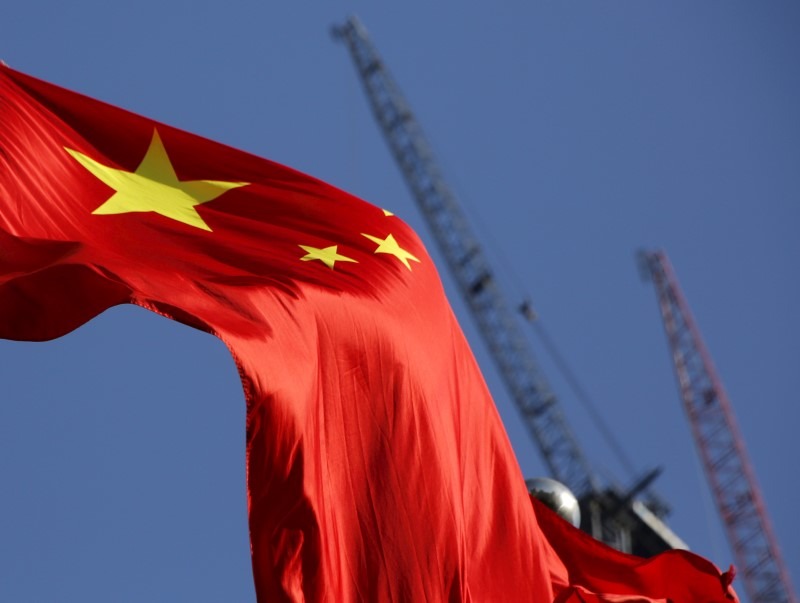China’s manufacturing sector unexpectedly shrank in May, private purchasing managers index data showed on Tuesday as overseas orders faced increased pressure from high U.S. trade tariffs.
The Caixin Manufacturing PMI slid to 48.3 in May against expectations of 50.8, while falling sharply from the 50.4 seen in the prior month. A reading below 50 indicates contraction, with the Caixin reading showing a drop for the first time in 19 months.
The data is largely in line with a recent government PMI reading, which showed Chinese manufacturing activity shrinking for a second straight month in May.
But the Caixin PMI differs from the government PMI on several fronts.
The government PMI survey tends to focus more on larger, state-run businesses in the North, while the Caixin reading focuses on smaller, private enterprises in the south. Investors use both readings to gain a broader understanding of the Chinese economy.
The Caixin data showed Chinese export orders fell sharply, while manufacturing output declined amid softer demand. New orders shrank at its fastest pace in 2-½ years.
High inventory levels also kept output under pressure, while input costs and output costs continued to decline, signaling sustained deflation in the sector.
While China and the U.S. did agree to significantly lower their respective trade tariffs in May, U.S. tariffs against China still remained at historically high levels.
The May deal was also temporary, with a recent stalling in U.S.-China talks pointing to diminished expectations for a more permanent deal.
The weak PMI data for May pushes the case for more stimulus measures from Beijing, which is yet to follow up on its late-2024 measures. Worsening trade conditions with the U.S. are expected to drive more stimulus, with a particular focus on fiscal measures aimed at boosting private consumption.













